It can be difficult to decide what kind of food is best to feed your feline friend – especially since you can’t discuss their food preferences with them! The ongoing debate between wet and dry cat food can be very confusing, especially given the variety and choice that is out there.
This post aims to examine whether wet or dry food is better for your cat, or whether you should consider a mixture of both to ensure your cat’s health and well-being is in tip-top shape.
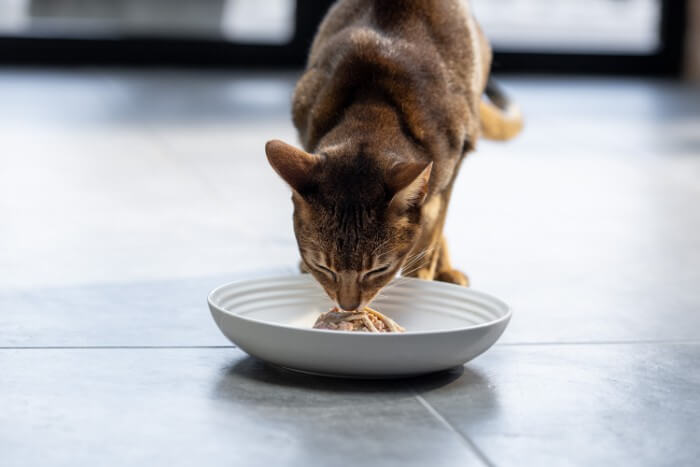
What’s the difference between wet and dry cat food?
When it comes to cat food, there are many different varieties and options available. This can cause cat owners some confusion when choosing what food is best to feed their feline friend.
It’s important to remember that wet cat food and dry cat food are both excellent choices and have many positive benefits for a cat’s health. So, what are the benefits and downsides of each one?
Let’s take a look at each type of cat food in turn and find out.
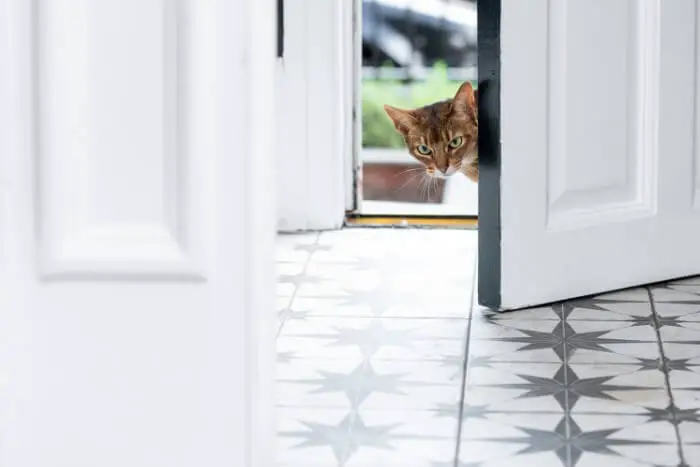
Wet cat food
Wet cat food is primarily packaged in tins, pots and cans and its primary ingredient is usually meat or fish which means it’s rich in protein which makes it much better suited to a cat’s dietary needs.
One of the main health benefits that wet cat food offers is extra moisture which can provide an added source of hydration for your cat. The added moisture is helpful for cats that don’t drink enough – especially during the summer months – to prevent them from becoming dehydrated.
The amount of water that a cat drinks is very important, as they can become susceptible to urinary infections or kidney problems if they are dehydrated.
Choosing a brand of cat food that contains high quality, real meat is imperative and will ensure your cat’s hydration levels are maintained.
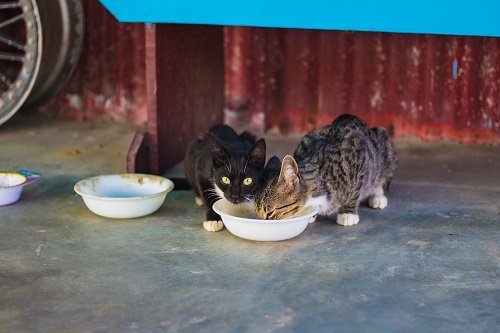
Wet food is also a great choice for picky eaters, or those with a sensitive stomach. Cats can’t help but love the texture of meat or fish rich wet food, thanks to their predatory instincts which have stayed as they’ve evolved from hunters who consume prey to house pets.
Wet food is also highly digestible, easy for cats to chew – which makes it a great choice for cats who have missing teeth or dental issues – and is a fantastic source of natural taurine, iron, zinc and biotin.
Wet cat food does come with its downsides though. It does not stay fresh for long, and most brands will recommend only keeping it out for thirty minutes max before throwing it away due to the risk of bacteria. It is also more expensive than it’s dry food counterpart thanks to its high protein content.
Although it is a great choice for cats who have dental issues, it can cause a buildup of plaque on the teeth as it doesn’t have any abrasive qualities like dry cat food.
Dry cat food
There are hundreds of dry cat food options on the market and most are packed with carbohydrates and animal proteins. Dry food is a cheap way to feed your cat and will meet their basic nutritional needs whilst having lots of benefits for both you and your cat.
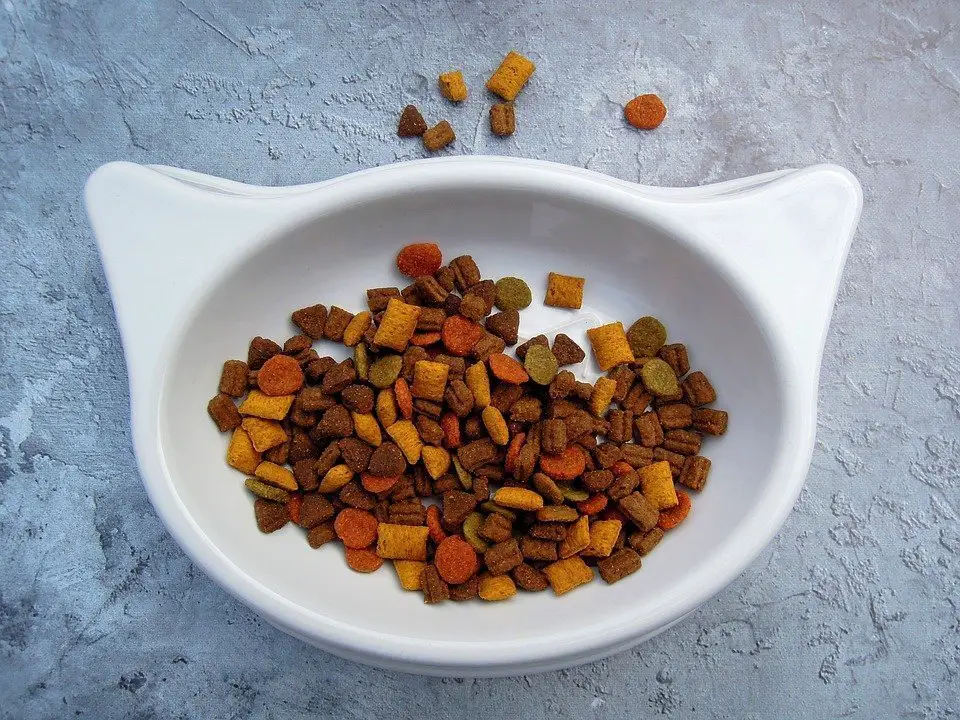
Many cat owners tend to favour dry food as it is more convenient to leave out if you’re at work all day and allows your cat to graze with independence.
With dry food, you can often expect your cat to keep regularly going back to their food, rather than eating it in one go as they tend to with wet food.
This can give you a better idea of how much your cat is eating throughout the day, which is especially helpful if your cat has a tendency to overeat.
Another convenient benefit of dry food is that it won’t become contaminated quickly, so there is no need to worry about leaving a bowl out for your cat when you aren’t at home.
It can be reassuring for some owners to know that their cat is able to nibble on their dry food as and when they please.
Dry food can have added health benefits for cats who suffer from dietary problems or sensitive stomachs, as it can be easier for some cats to digest. Crunchy dry cat food can also be a great way of maintaining your cat’s dental health as crunching on the biscuits can help reduce plaque and tartar build-up on their teeth.
Dry food however, is the complete opposite to the types of food wild cats eat. Cats are obligate carnivores who, unlike dogs and humans, must have meat in their diet to survive. Dry food does contain some meat sources, but is primarily made up of carbohydrates to bulk it out, meaning your cat could easily gain weight and lose muscle mass.
It can also be difficult for older cats, or those with dental problems,to chew, which could lead to them losing weight and developing health issues associated with taurine deficiency such as heart problems, sight issues and potentially even death.
Encore Pet Food manufactures some of the healthiest dry cat foods on the market. Their kibbles contain natural probiotics to keep your cat’s digestion in optimum condition, and essential omega oils to help keep your cat nimble and agile, whatever their age.
Encore’s premium dry cat food is completely grain-free too, to ensure a pure cat food of the highest quality. Animal protein is extremely important when it comes to keeping your cat’s gut healthy, so finding a product that contains 80% lean animal protein means you will be giving your cat the very best.
Which one is best – wet or dry cat food?
The wet cat food vs dry cat food debate is a very difficult one to give a definite answer to. Many of the arguments for and against both products are based purely on subjective opinion.
Encore Pet Food, who create delicious recipes using natural ingredients, recommend feeding your feline friend a combination of both wet and dry cat food to ensure that your cat’s diet is as nutritious and wholesome as possible.
By feeding a combination of wet and dry foods, you can maximise the benefits of each type of food whilst giving your cat a balanced and healthy diet, full of everything they need to thrive.
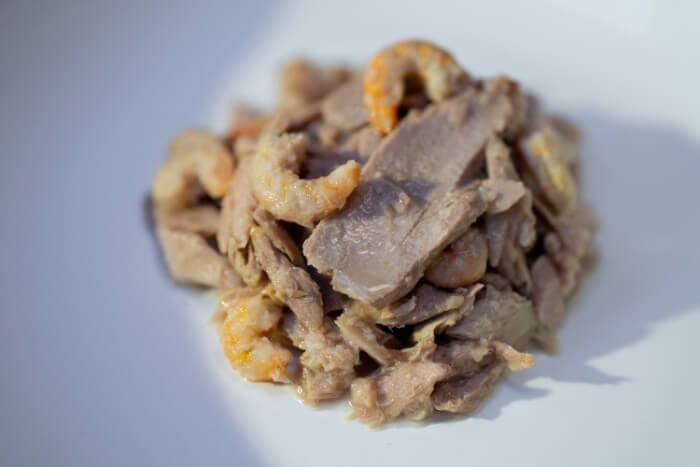
For a little variety, you can try mixing dry cat food with a few mouthfuls of delicious high-protein wet food. Cats can be fickle creatures, and you may find they occasionally prefer something more succulent at mealtimes to keep things interesting.
Further dietary requirements for cats
1. Hydration levels
When choosing the best diet for cats, whether that’s dry or wet cat food, it’s important to understand the biggest staple of a healthy cat diet is water. Regardless of what food you choose it’s crucial to ensure they have fresh water available to them at all times.
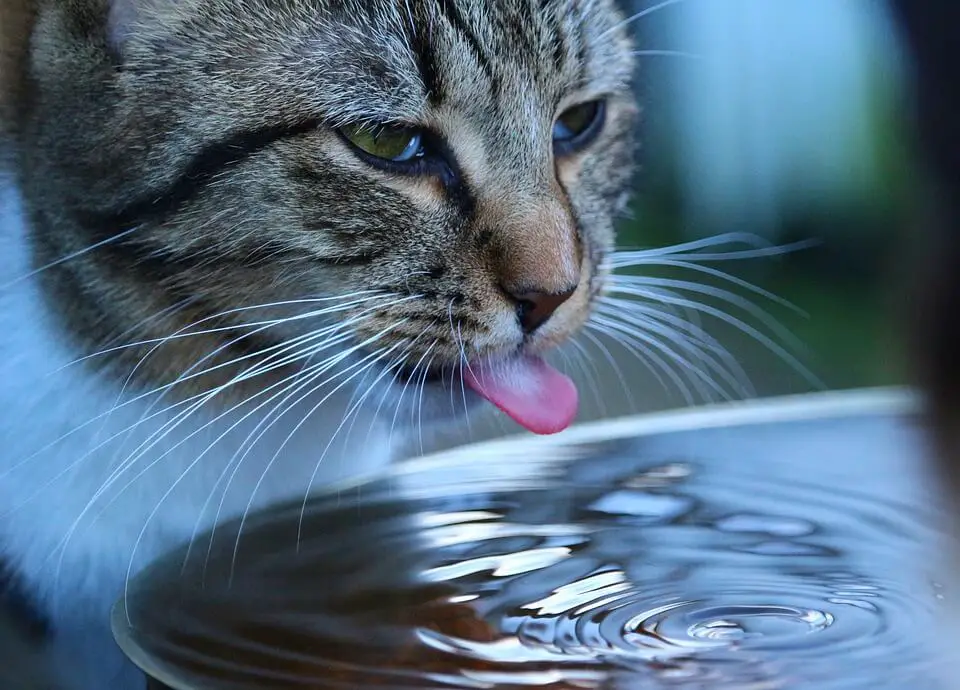
You may need to leave tap water -depending on the area you live in- for up to 24 hrs, to allow chlorine in the water to dissipate before your cat will drink it. Alternatively, you could use a cat water fountain as many of these use built-in filtration systems.
2. Foods to avoid giving your cat
It is also important to understand what types of food you should always avoid giving your cat.
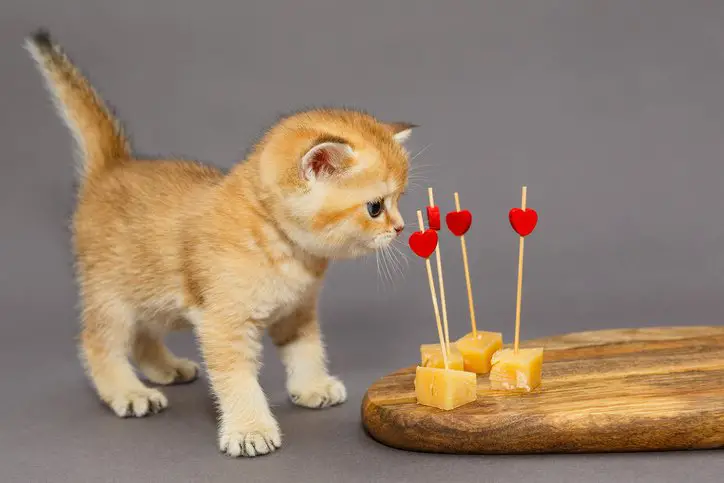
Onions, garlic, grapes, raisins, currants, milk, cheese and mushrooms all contain harmful toxins or other such substances that can cause harm to your cat.
3. Taurine – a vital amino acid for cats
Taurine is a vital ingredient you need to ensure your cat is consuming on a daily basis. Taurine is an amino acid that is found in animal foods such as meat, fish and dairy.
Unlike humans, cats cannot produce taurine themselves and so require large amounts within their food to aid in the development and function of their vision, heart and digestion.
Natural sources of taurine for cats are also essential when it comes to fetal development, meaning it is even more important that your cat is getting enough of this essential component when they are carrying a litter.
A taurine deficiency in cats can result in:
- blindness owing to retinal degeneration
- hearing loss
- cardiomyopathy due to weakening of heart muscles
- impaired immune function
- small litter sizes and foetal abnormalities
4. Portion sizes
Finally, remember to keep an eye on the portion sizes and feeding times if your cat is neutered.
Cats who are neutered are susceptible to weight gain, simply because the act of neutering can impact your cat’s activity levels overall, and you should be careful how much you feed your cat, ensuring that their diet is carefully monitored to reflect this.
As an Amazon Associate I may earn a small fee from qualifying purchases at no extra cost to you. This helps us run the site, so thanks for your support!

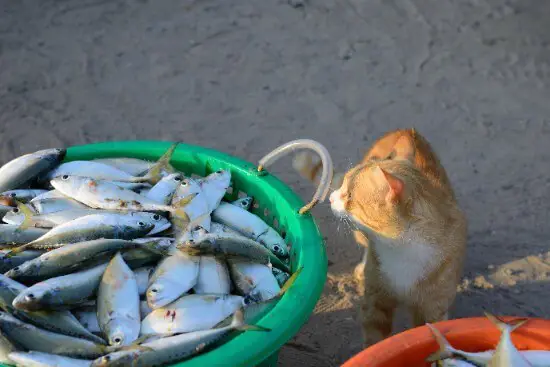
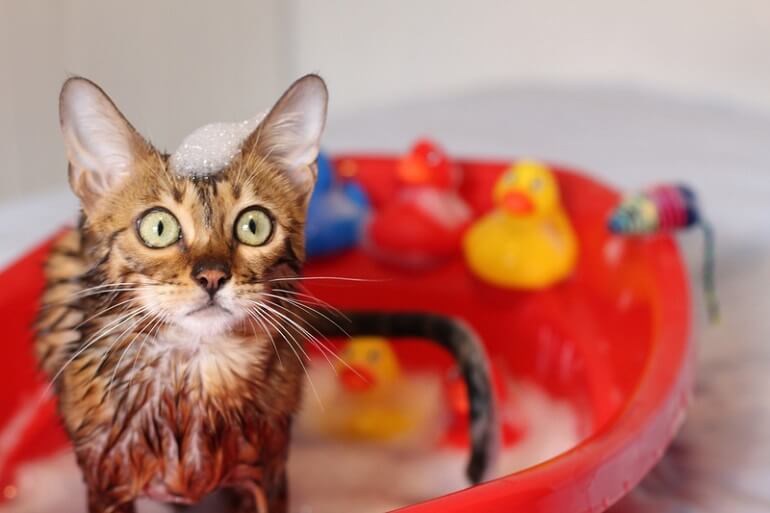
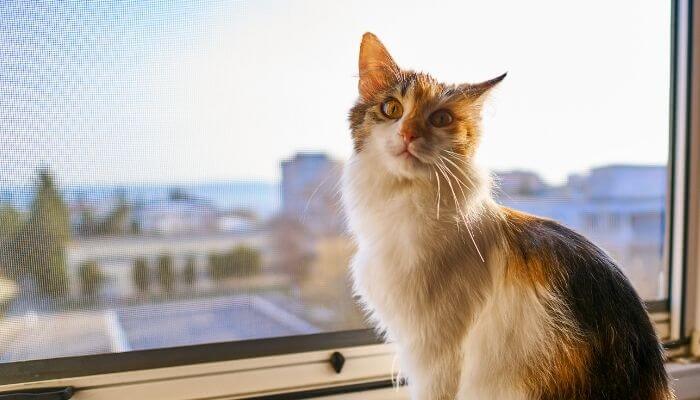
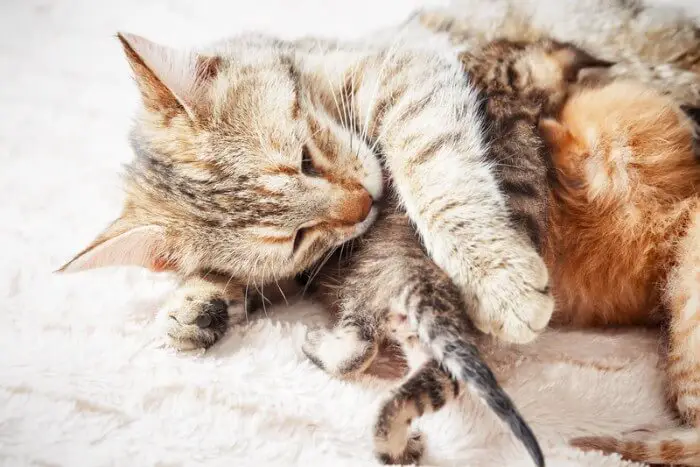
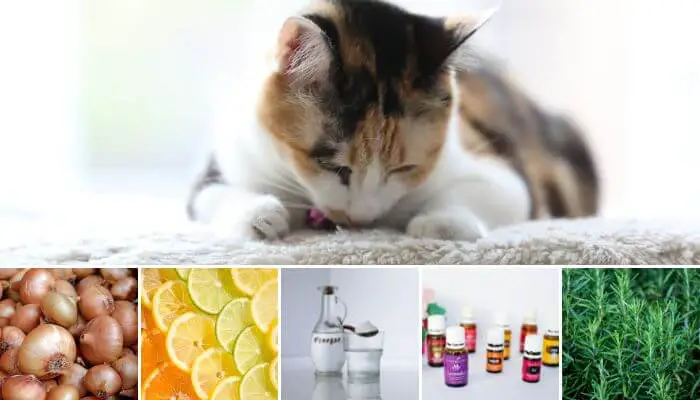

Leave a Comment